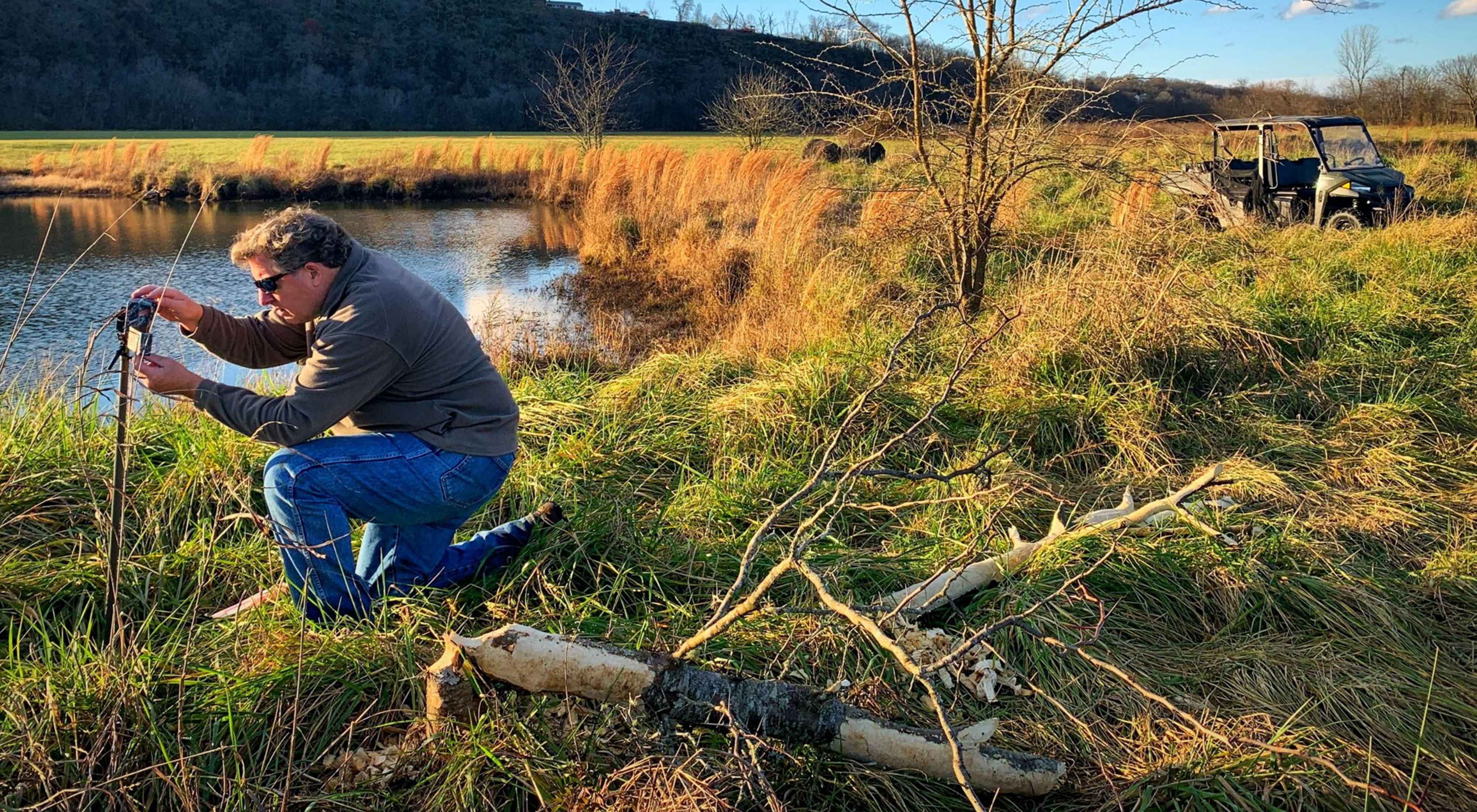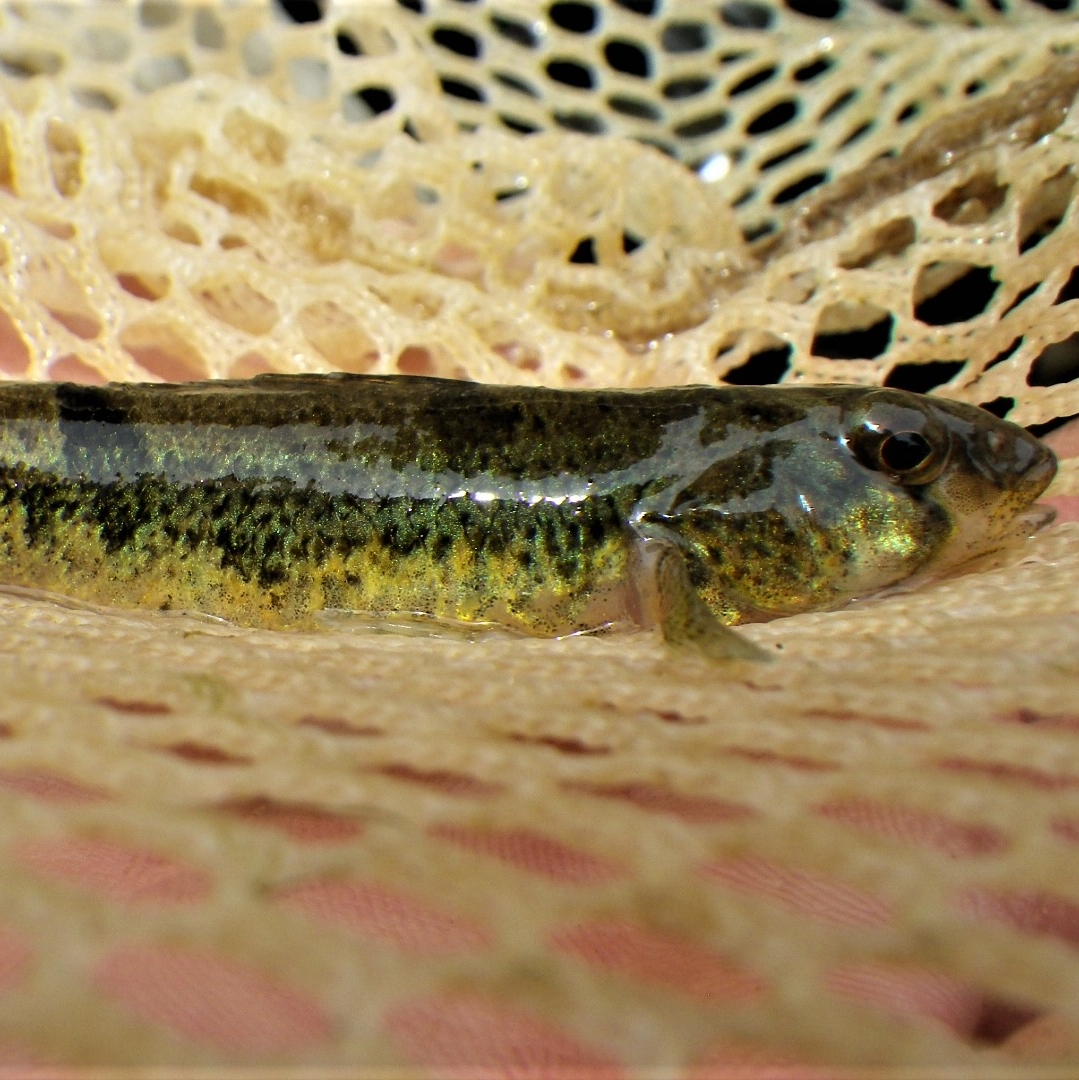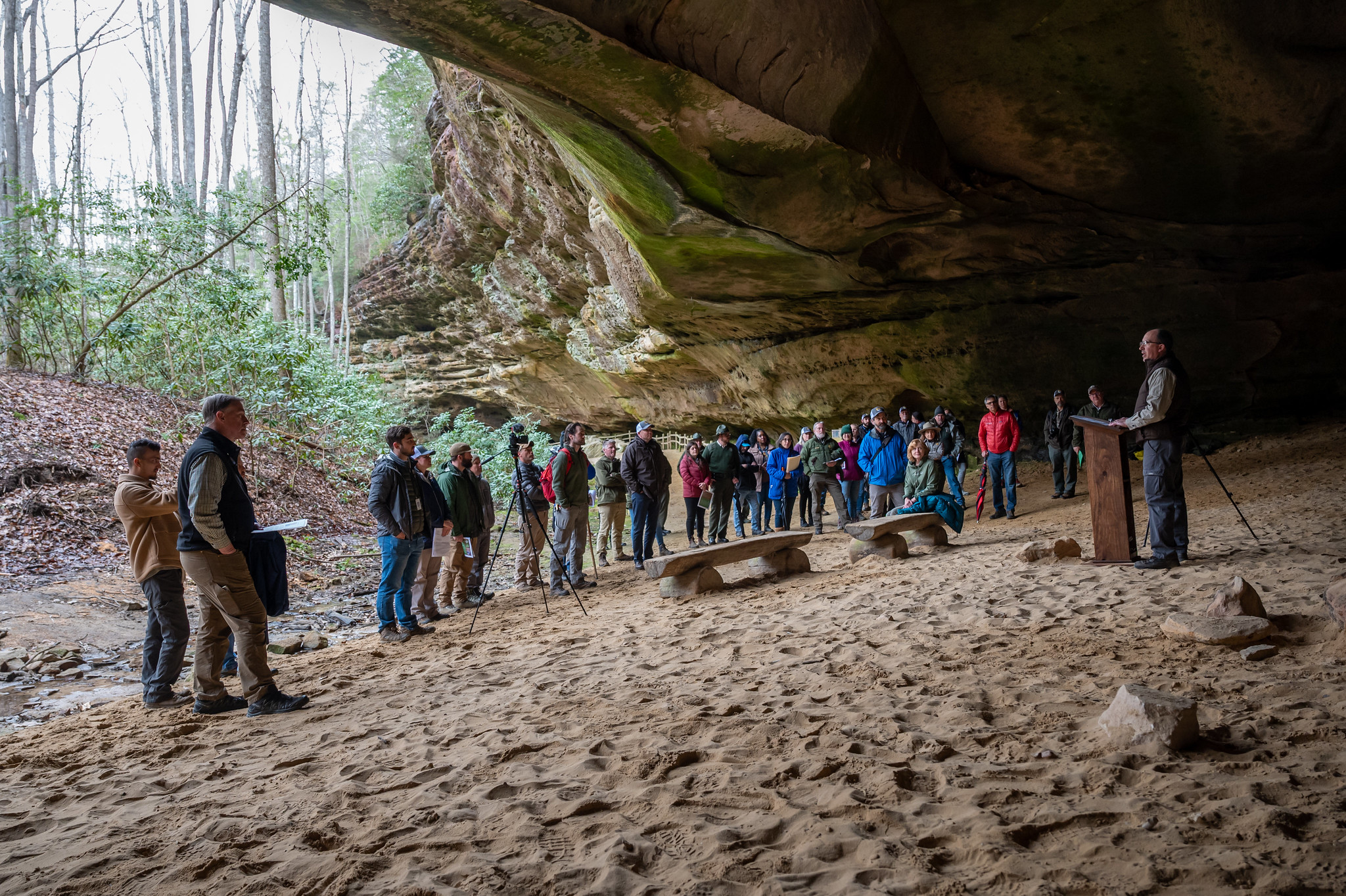KEEPING OUR EYE ON THE PRIZE
Two Endangered Species Act success stories highlight why we do what we do.

Board Notes from James McDonald
Welcome to 2023 and to a new way of reporting on The Nature Conservancy’s accomplishments in Tennessee over the past year. We are excited to expand upon our work—in print and online—with this Tennessee Year in Review.
One big piece of news as we enter the new year is that our Tennessee state director, Terry Cook, leaves his post to pursue new projects and spend more time with family. For nearly three decades, including six years advancing TNC’s mission in Tennessee, Terry has worked around the globe to protect and enhance nature for the benefit of people and our planet. He has served as a competent leader and committed scientist who retains a child-like wonder for the natural world around him, regardless of his job title. Thank you, Terry!
Thanks also, to YOU. None of the accomplishments shared in this report would be possible without your support. Today, we encounter the biggest, most complex environmental challenges in our lifetime as the dual crises of rapid climate change and biodiversity loss threaten the planet. Addressing both is crucial. We are doing our part in Tennessee—in the state’s forests, rivers, caves, farmlands and cities—to preserve biodiversity, sequester carbon and fortify resilient landscapes that can safeguard the people and places most vulnerable to the impacts of climate change. This report celebrates these efforts that lay the groundwork for the years to come.
BIODIVERSITY
Monitoring With Motus
-
*Three declining species in Tennessee will benefit from the state’s growing Motus Wildlife Tracking System, part of an international network of stationary towers that track migrating bats, birds, insects and other wildlife with radio telemetry.*
The Nature Conservancy’s staff and partners secured transmitters on 68 federally endangered gray bats in one night (a record for our Tennessee program). Small and light enough to adhere to these diminutive creatures, the transmitters help scientists understand movement throughout the landscape to inform conservation strategies.
-
*Three declining species in Tennessee will benefit from the state’s growing Motus Wildlife Tracking System, part of an international network of stationary towers that track migrating bats, birds, insects and other wildlife with radio telemetry.*
A University of Tennessee graduate student found and fitted federally threatened bog turtles with transmitters that will generate data on their patterns. Bog turtles are notoriously secretive and challenging to study in the field, so using the Motus technology to better understand the turtles’ activity represents an exciting advancement.
-
*Three declining species in Tennessee will benefit from the state’s growing Motus Wildlife Tracking System, part of an international network of stationary towers that track migrating bats, birds, insects and other wildlife with radio telemetry.*
TNC teamed up with the City of Nashville, Friends of Warner Park and the Nashville Symphony to monitor the iconic “bird of the people,” the purple martin. Over the years, large groups of purple martins have gathered to roost in Nashville prior to their southern migration, often occurring in numbers estimated to be close to 100,000 birds. Thanks to a series of Motus stations installed in Middle Tennessee over the last three years, researchers gathered valuable movement data, an effort further enhanced by students who monitored roosting behavior in downtown Nashville every night during June and July. This information was coordinated with data collected by Motus stations in Central and South America to shed more light on the life cycle of North America’s largest swallow.
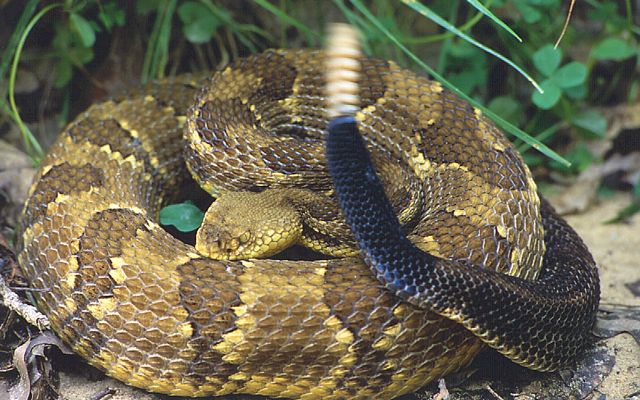
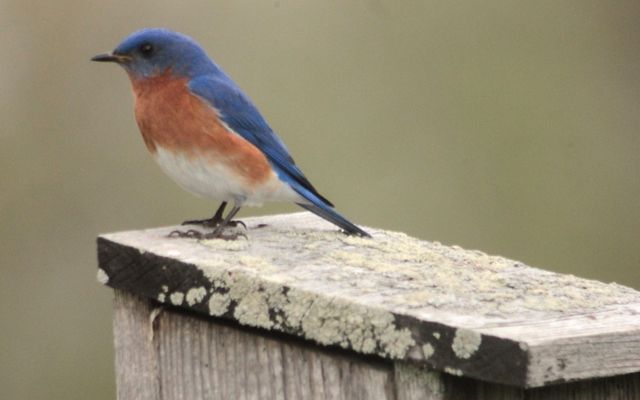
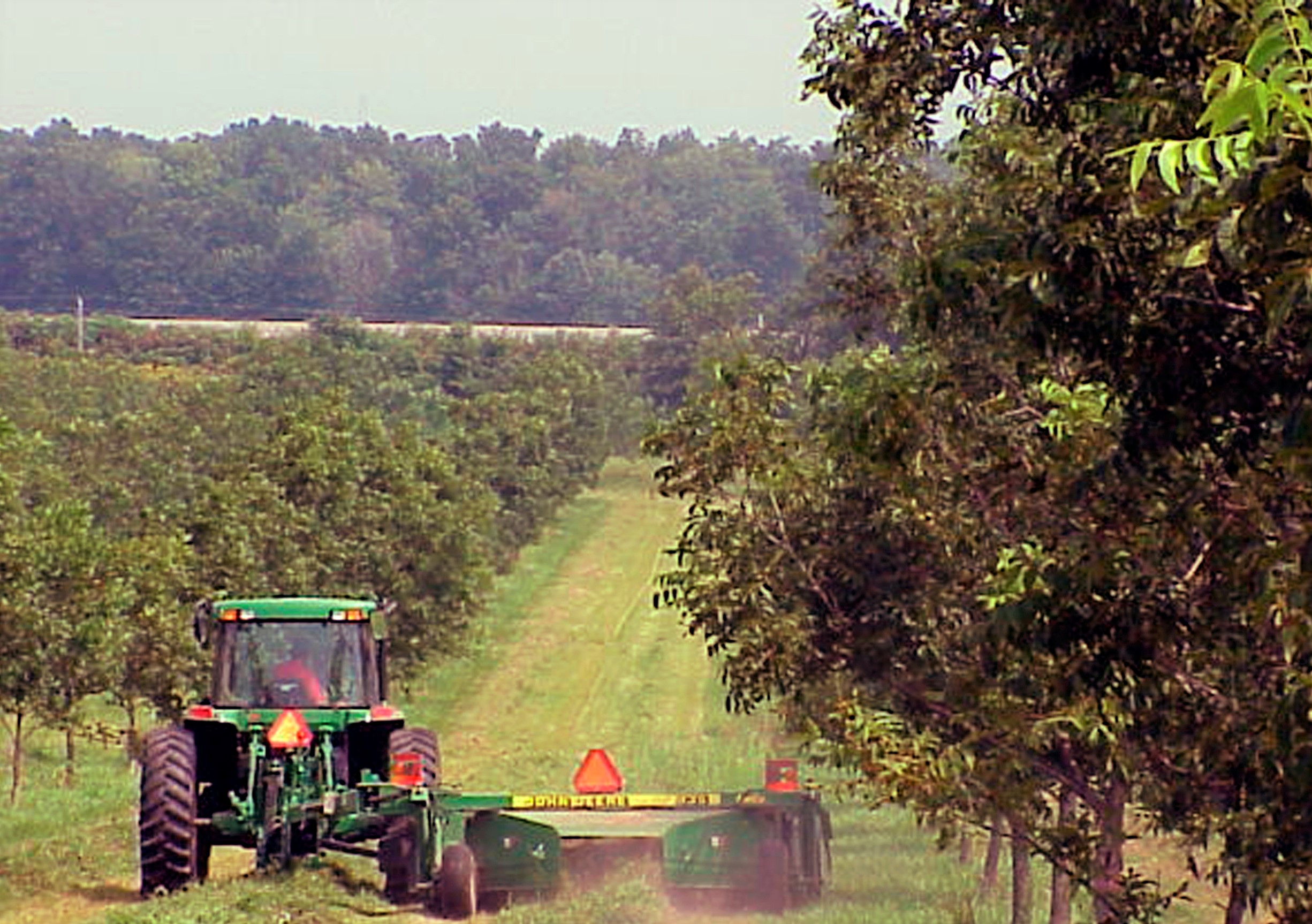
CLIMATE
In Tennessee, where nearly half of the land is farmed, agriculture represents an industry that generates more than $50 billion annually and supports more than 200,000 jobs. It comprises an enormous footprint that cannot be ignored as we work to fortify the state’s lands and waters against flooding, drought and other impacts of climate change. That is why The Nature Conservancy is proud that its project, Expanding Agroforestry Production and Markets, was one of only 70 out of 450 submissions funded by the USDA’s Partnerships for Climate-Smart Commodities program after a highly competitive process. The award will provide support to farmers, ranchers and private forest landowners working in 37 states to create market opportunities for American commodities produced using agroforestry and other climate-smart production practices.
Inflation Reduction Act
In 2022, our nation witnessed unprecedented funding with the passage of the Inflation Reduction Act, a generational investment in fighting climate change and building a green economy.

POWERING
Powering more communities with clean energy by 2030.

PROTECTING
Protecting nearly two million acres of national forests to build resilience.

REDUCING
Reducing greenhouse gas emissions by approximately a billion metric tons.
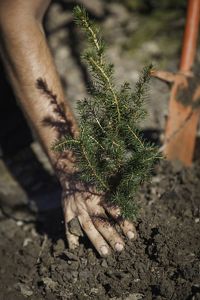
PLANTING
Planting more trees to absorb carbon, filter air and water, lower temperatures and connect people with nature.
Quote: Lindsay Hanna
Funding from the Inflation Reduction Act is beginning to flow into Tennessee through state agencies, grants and tax incentives. We are working to ensure that it is put to good use to maximize positive impacts around our state.
Laying Out a Green Infrastructure
At Lytle Park in Nashville, which was once a working farm, The Nature Conservancy is working with Metro Parks and others to show how infusing nature into cities can support wildlife and fortify the landscape against the impacts of climate change.
Building Resilience
-
Summer interns from the University of the South collected soil samples that will inform the restoration of former pastures into a healthy native grassland to attract pollinator species. The interns also surveyed meadowlarks, a grassland-dependent species that has shown a 90% decline over its range, to document their use of pastures and response to a more native landscape.
-
TNC inventoried Lytle Park for the presence of suitable habitat (i.e., milkweed) for monarch butterflies migrating through Tennessee each year. This is important since the International Union for the Conservation of Nature (IUCN), the global leading authority on the status of biological diversity, declared the monarch butterfly endangered. TNC’s research findings will be integrated into a national data repository that informs scientists about the abundance and distribution of these butterflies across North America.
-
TNC secured wildlife cameras and bioacoustics equipment in strategic locations as part of an effort to inventory wildlife at Lytle Park. Some of the results were so surprising that TNC produced a YouTube video featuring images of animals captured on film, including coyotes, opossums, foxes, bobcats, river otters, beavers, owls, osprey and a variety of songbirds. The bioacoustics recorders also revealed big brown, eastern red, hoary, silver-haired, evening and tri-colored bats!

Chief Scientist Visits Tennessee (twice)
Before becoming The Nature Conservancy’s chief scientist, Dr. Katharine Hayhoe earned respect for her work as an atmospheric scientist who studied climate change. During 2022, Dr. Hayhoe spent time with TNC’s Tennessee staff, trustees and donors to share her hopeful approach to a changing climate and ways that we can all make a difference. She says, "While climate change can be a discouraging topic, our work at The Nature Conservancy to address the biggest challenges facing our future gives me hope. Our TNC priorities for tackling climate change are ambitious, but I believe by using our voices, together, we can fix this.”
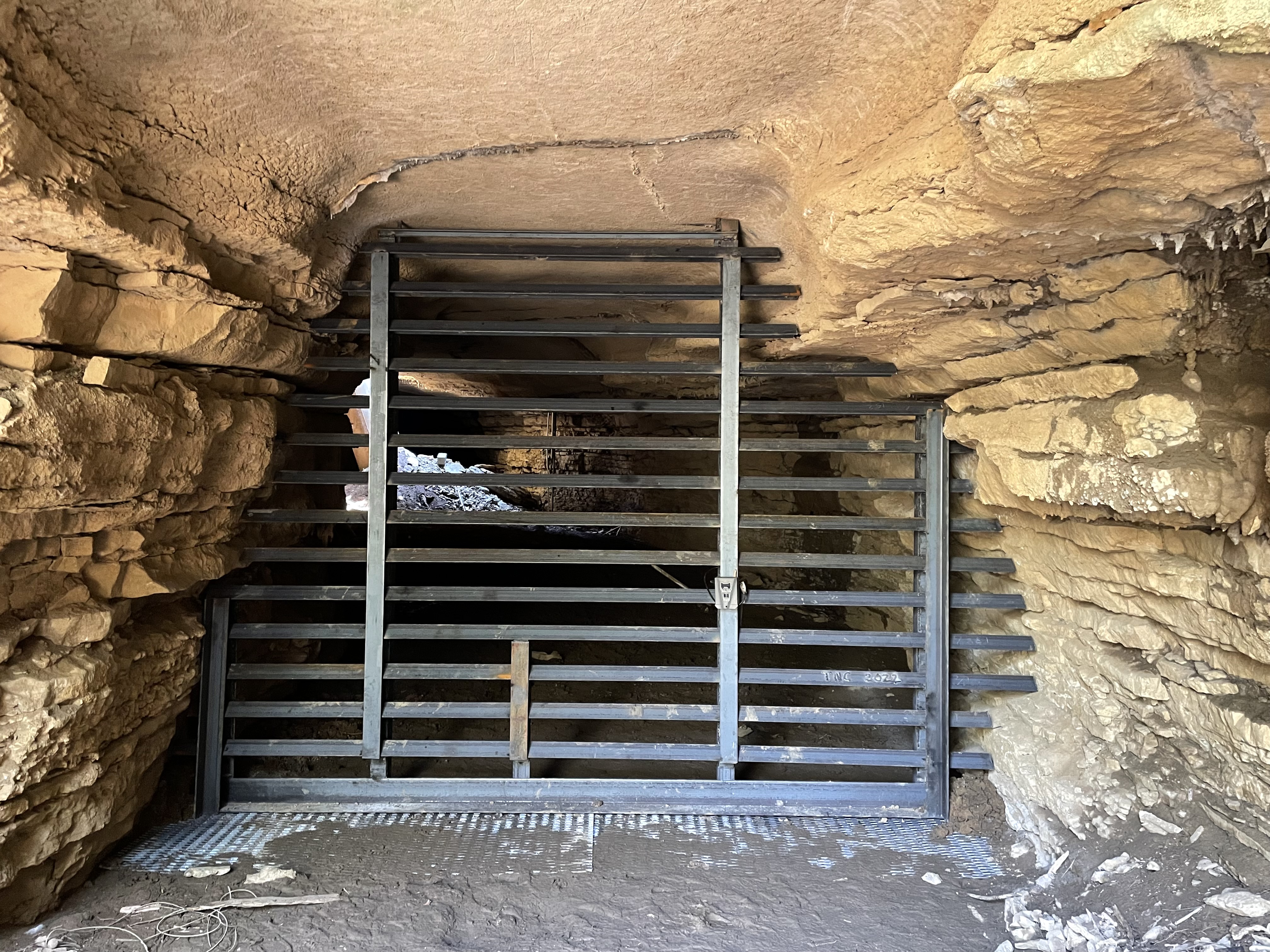
LANDS
As 2021 came to a close, The Nature Conservancy purchased a cave in Middle Tennessee known to harbor federally endangered gray bats. Once used as a saltpeter mine during the American Civil War, the cave served as a personal bunker for the most recent property owner. Not long after assuming ownership, TNC’s Tennessee bat expert, Cory Holliday, began cleaning out and restoring this subterranean space to support hibernating bats during winter and maternity colonies during summer. With only small windows of opportunity to work between these seasons, he and volunteers from the local caving community removed a significant amount of manmade material and debris within a short amount of time. The team also re-opened the cave’s natural entrances and built a bat-friendly gate to prevent trespassing. While there is more to do, Holliday already sees signs that the hard work is paying off.
Quote: Cory Holliday
Projects like this are exactly what we need to do to prevent a species from becoming threatened or endangered. And after 46 years, we are well on our way to delisting gray bats.
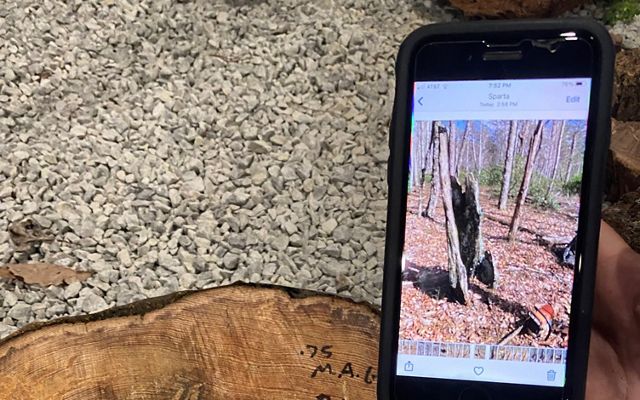

Key Parcel Connects a Wildlife Corridor
At the beginning of 2022, The Nature Conservancy and the Tennessee Wildlife Resources Agency (TWRA) announced that the 43,000-acre North Cumberland Wildlife Management Area’s (WMA) Ed Carter Unit would be permanently protected by a conservation easement. The easement will be held by TWRA to secure wildlife habitat for the Tennessee elk herd and other species while providing public access for nature-based recreation. The property also falls within TNC’s larger 253,000-acre Cumberland Forest Project. This network of high-conservation-value lands and waters, secured along the Tennessee-Kentucky border and in Southwest Virginia, has the potential to store millions of tons of carbon and serve as a natural corridor for plants and animals shifting ranges in response to climate change.
WATERS
Securing Clean & Abundant H2O
-
Represented by the Southern Environmental Law Center, The Nature Conservancy and the Tennessee Wildlife Federation reached a settlement with state government and a local water utility that upholds Tennessee’s ability to manage water withdrawals from the Duck River, especially during a drought. Recognizing the relationship between the river’s natural flow and health of aquatic wildlife marks a victory for conservationists, the outdoor recreation industry and people who rely on the river for drinking water.
-
The West Tennessee River Basin Authority and The Nature Conservancy celebrated the opening of Middle Fork Bottoms Recreation Area to the public. This 850-acre formerly undeveloped property boasts paved and dirt trails, designated fishing areas and lakes for kayaking, canoeing and paddle boarding. The partners are also restoring bottomland hardwood forests, marshes and other wetland habitat key to retaining and slowly filtering floodwaters that previously inundated the property.
-
The Nature Conservancy and partners formed a task force to develop a comprehensive plan for restoring Tennessee’s portion of the Mississippi River floodplain over the next decade. Officially named the West Tennessee Floodplain Task Force, the group will coordinate partners and resources to collectively restore floodplains, forests and streams that can support wildlife, agriculture, industry and local communities.
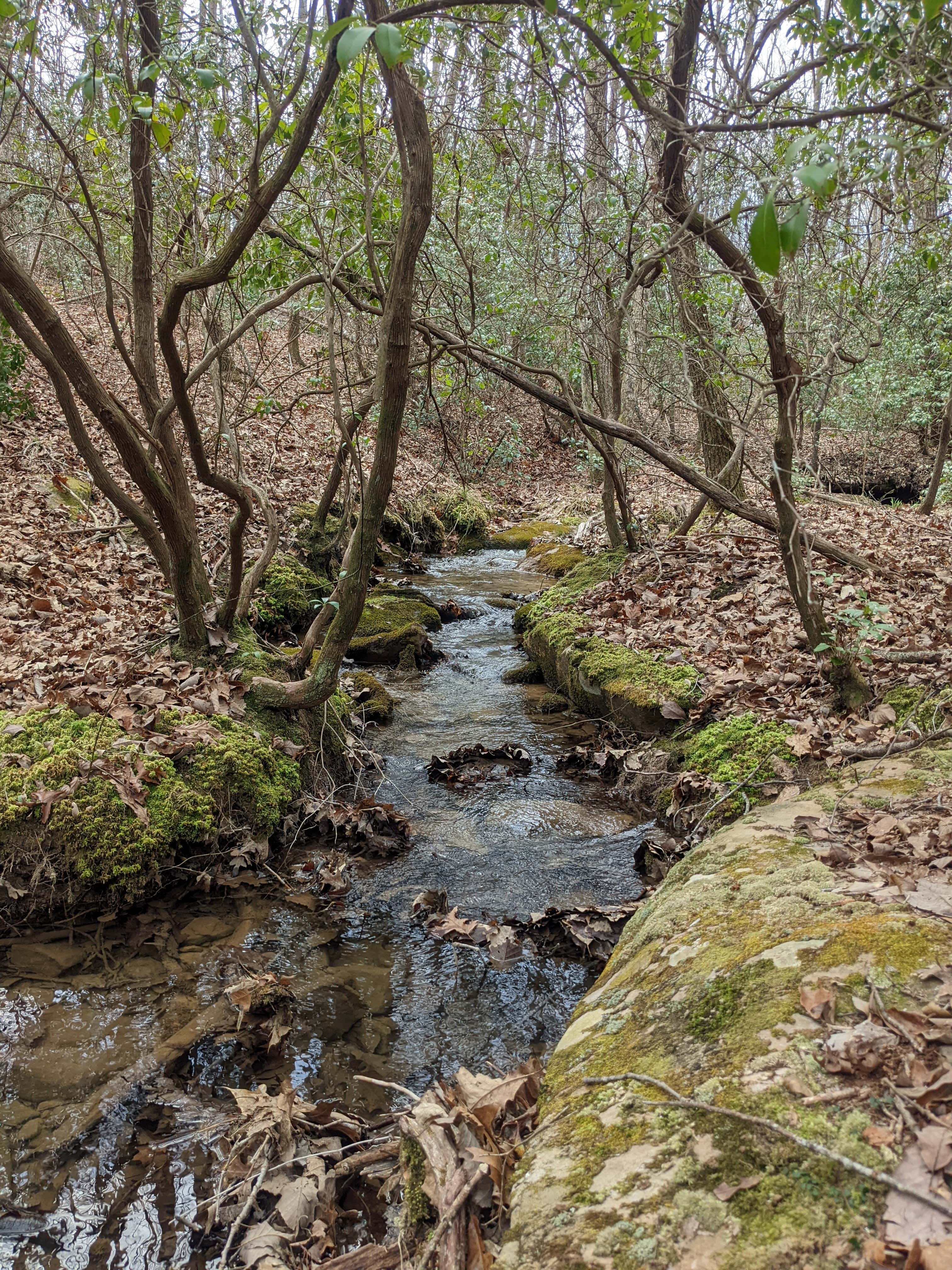
Leaving a Legacy
“I believe large portions of the southern Cumberland Plateau are irreplaceable and very much warrant preservation so that future generations will have the opportunity to explore and enjoy the beauty of the area. After careful consideration, I have been pleased to work with responsible conservation organizations on this project.”—Robert D. McCaleb, who worked with The Nature Conservancy, TennGreen Land Conservancy and the Open Space Institute to secure a conservation easement that permanently protects a 620-acre forested property that he owns.
Download the Report
-
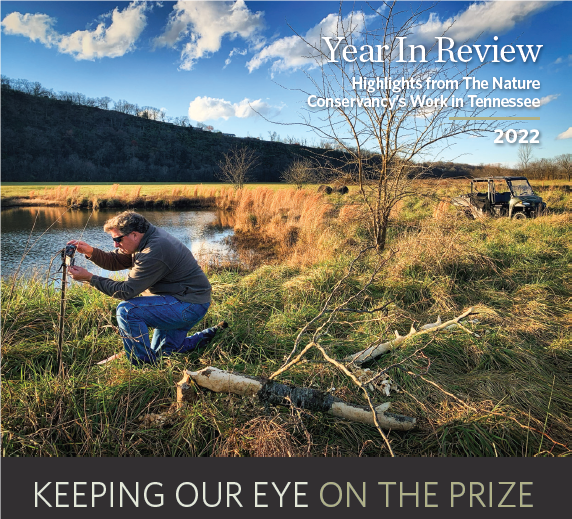
2022 Year in Review
A look at highlights and conservation successes across Tennessee during 2022.
DOWNLOAD
Thank You
Thank you for your continued support of The Nature Conservancy in Tennessee. Your investment is critical to the impact of our conservation work, communications and operations.
